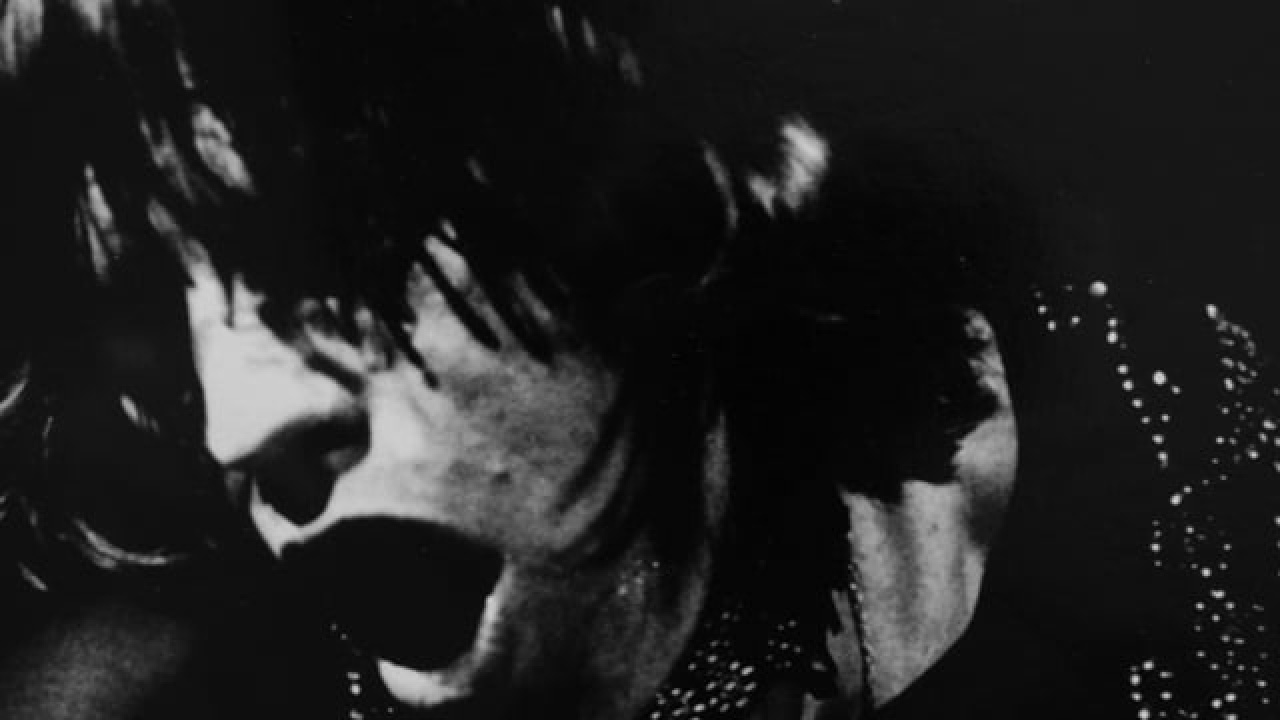ANDY WARHOL BIS DAMIEN HIRST. The Revolution in Printmaking
Printmaking was a medium that served as a springboard for many important artists, enabling them to reach a mass audience thanks to its accessible form.
Pop artists such as Andy Warhol, Roy Lichtenstein, and Robert Rauschenberg discovered that commercial techniques such as screen printing and offset lithography were best suited for their large-scale works, which were largely inspired by mass media and consumer culture.
Part one of the show, designed as a three-part collection exhibition, is located in the Albertina's main building and, under the title “Dürer. Munch. Miró. The Great Masters of Printmaking”, it presents masterpieces of printmaking from their beginnings in the 15th century to the mid-20th century. Curated by Director Klaus Albrecht Schröder and Constanze Malissa, the exhibition at the Albertina modern now traces the radical development of printmaking as a genre in chronological continuation on the basis of 70 works. The final third part of the Albertina's focus on prints will be dedicated to Pablo Picasso, in commemoration of the 50th anniversary of his death.
When traditional processes such as etching and lithography no longer sufficed, artists in the early 1960s turned to commercial printing techniques that were not readily available in fine art print studios. New paper production techniques made extremely large-format prints possible, new synthetic inks expanded the color palette, and screen printing from the textile industry offered new possibilities for seriality. Experimentation with the new printmaking techniques often shaped and fostered the artists' further work.
Warhol experimented with screen printing as early as 1962 in his works on canvas. Shortly thereafter, he began using his iconic images of celebrities such as Mao Tse Tung or of well-known consumer products such as Campbell soup cans for his prints.
Warhol's multicolored large-scale Mao series of paintings are also at the beginning of the tour, followed by his Electric Chairs. His large-scale car series is juxtaposed with Rauschenberg's "Soviet/American Array," and Michael Craig and Alex Katz follow as other representatives of U.S. Pop Art.
The Germans Markus Lüpertz, Anselm Kiefer ("The Rhine," "Woglinde) and Georg Baselitz, with his characteristic upside-down motifs, experimented in the 1980s with the old technique of woodcutting - in monumental format. Jörg Immendorfs works "Café Deutschland" and "Langer Marsch auf Adler" are on display in the exhibition as well.
The Swiss Franz Gertsch also shows oversized woodcuts, in a highly individual pointillist technique.
Austrian positions are also represented, for example Arnulf Rainer his crucifix images, Hermann Nitsch with "The Last Supper", Herbert Brandl with mountain landscapes, or Michaela Konrad with her visions of the future under the title "CAN THIS BE TOMORROW?"
Jim Dine experimented with various techniques in Vienna at the Kurt Zein studio, Christine Baumgartner from the Leipzig School developed an interesting line grid process, Markus Schinwald works on Biedermeier lithographs on the computer.
Closing the extensive show is Damien Hirst, who explores new approaches to printmaking with his version of "The Last Supper." (written by Cem Angeli).
"Andy Warhol to Damien Hirst. The Revolution in Printmaking" at the Albertina Modern, Vienna 1, Karlsplatz 5, Feb. 24-July 23; exhibition catalog 32.90 euros; www.albertina.at)
https://www.albertina.at
Das könnte Sie auch interessieren

Marianne Maderna - Humanimals
10. June 2013
Lyonel Feininger - The Green Bridge I
12. October 2015
FRAUENBILDER? Meisterinnenwerke aus der Bank Austria Kunstsammlung
8. March 2019
HOT QUESTIONS. COLD STORAGE. The new permanent Exhibition at the Az W
28. February 2022
MICHAEL HOROWITZ. About Stars and Nearness in Photography
24. March 2020
Kunsthalle Krems - Architecture and History
20. February 2017
Florian Süssmayr - A picture of happy days a.o.
12. September 2016
